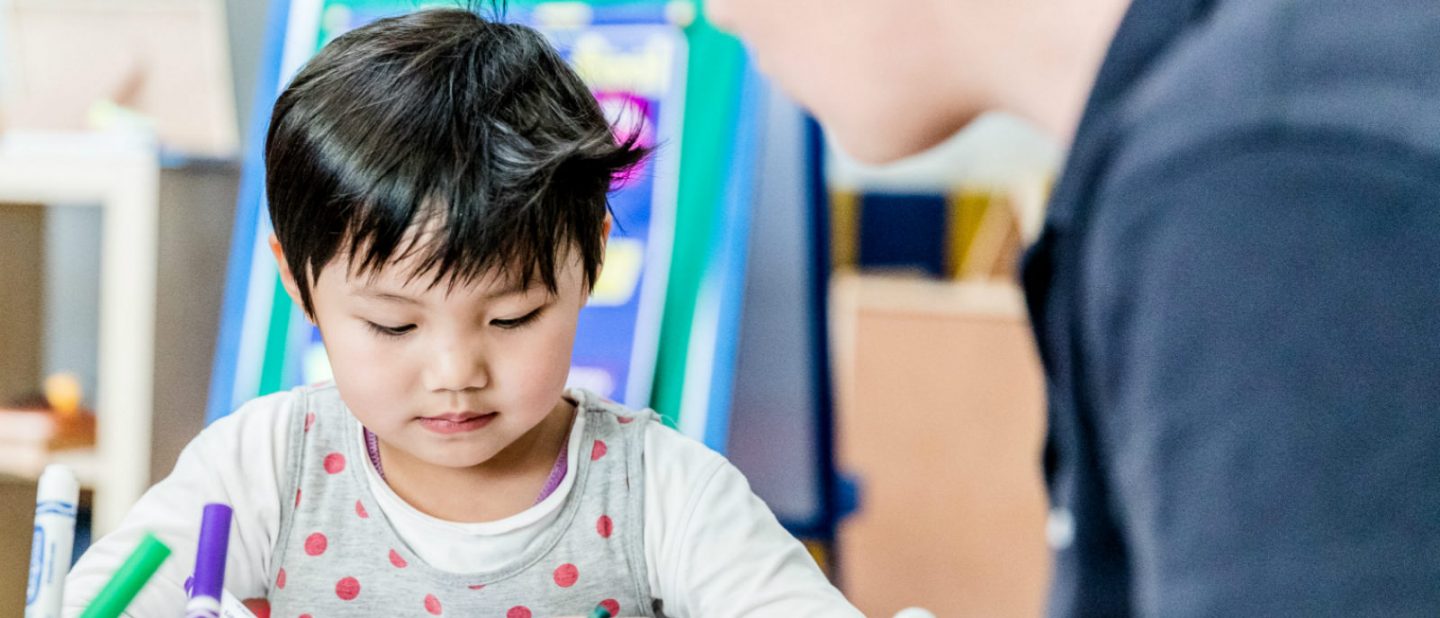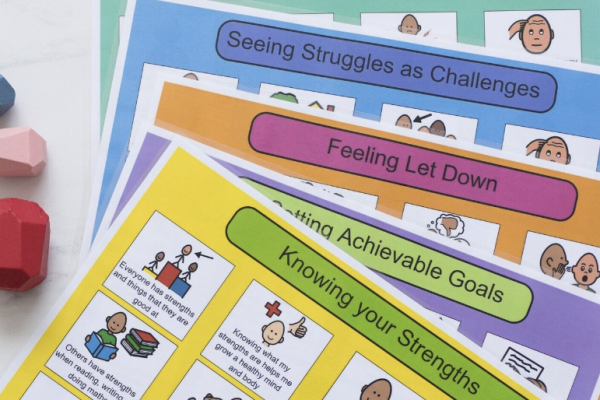
Demystifying occupational therapy for kids, plus at home tips
By Sophia Goodwin and Christine Lee
As occupational therapists, we’re often asked: • “Do occupational therapists help people find jobs?” • “Are occupational therapists similar to physiotherapists?” • “Don’t occupational therapists only work with the elderly”
Over the years, we’ve come across many misconceptions about occupational therapy, so, we hear you ask…
What is occupational therapy?
The word ‘occupation’ in occupational therapy refers to daily activity, including all activities that individuals need to do, want to do and have to do. Therefore, an occupational therapist helps people to be successful across all their daily activities. Occupational therapists work across the whole lifespan, for an adult this may involve everyday activities such as working, driving, socialising, shopping and for a child this may involve drawing, playing, eating, making friends, dressing, moving etc.
OCCUPATIONAL THERAPISTS CAN HELP SUPPORT CHILDREN TO REACH THEIR DEVELOPMENTAL MILESTONES BY WORKING ON:
- Motor skills – these can be broken into two areas; fine motor skills such as cutting, drawing, doing up zips and buttons, and gross motor skills such as running, jumping, balancing and hopping.
- Self-care abilities – include toileting, dressing, eating and looking after their belongings.
- Social and play skills – include the ability to share, take turns, wait, problem solve and negotiate.
- Sensory – regulating information such as sound, movement, vision, taste, touch, smell and pressure.
- Equipment – occupational therapist may provide assessment and recommendations for wheelchairs, rails and ramps.
WOULD MY CHILD BENEFIT FROM OCCUPATIONAL THERAPY?
There are a number of signs which could indicate your child may benefit from occupational therapy. These may include:
- Messy or poorly constructed handwriting
- Difficulties colouring, cutting, holding cutlery
- Becoming easily overwhelmed in situations
- Behavioural difficulties or concerns in environments
- Struggles copying from a blackboard or completing puzzles
- Problems with dressing, toileting, brushing teeth or other daily tasks
- Struggles with attention, concentration or following directions
- Difficulty with sitting at a desk or table, fidgeting or excessive movement
- Clumsiness, struggles to participate in playground games or sports
- Withdrawn from social situations and making friends
- Reduced confidence, anxiety or avoidance of activities
An occupational therapy session should involve these four important components:
WHAT IS INVOLVED IN AN OCCUPATIONAL THERAPY SESSION?
1. Background and goal setting
2. Skill development for your child
3. Take-home strategies for parents
4. Fun!
It’s best practice when occupational therapists are working with children that they use a play-based approach. That is, using age-appropriate toys and games, aligned with your child’s interests, to build your child’s skills. This strengths-based approach keeps your child motivated while they develop and practice new skills and are more likely to retain what they have learnt. It’s equally important to equip parents, carers and educators with tips and strategies so the child can continue to practice and work towards their goals, no matter the environment.
Therapy can occur in a clinic or in a child’s natural environment such as at home, school or a child care centre. There are many factors to consider when choosing a therapy location such as your child’s behaviour, comfort level, disruption to routine or even travel costs. We encourage you to pick a location that will work best for you and your child. If in doubt, talk to your occupational therapist.
THREE OF OUR FAVOURITE TIPS FOR PARENTS ARE:
• Play with your child. This may seem obvious, but it’s amazing how often parents say they don’t know how to play or interact with their child. You are your child’s most important teacher in their development – talk to them, read stories, draw pictures, play in the sandpit, have water fights, play dress ups. Never underestimate the power of play.
• Be patient. Kids learn how to be independent by being allowed to give things a go themselves. For example, dinner time with children often is messier, takes more time and overall less food is eaten if they’re in control. However, dinner time is a great opportunity for sensory food play, cooperation, communication and fine motor development – so be patient, and embrace the mess!
• Ask for help. You are your child’s most important teacher, but this doesn’t mean you can’t ask for help when you need it. If you are unsure or have concerns about your child’s development then asking for professional advice is always recommended. Contacting your family General Practitioner (GP) or Paediatrician is a good place to start. Referrals aren’t necessary to see an occupational therapist, however, this may help offset the cost of therapy.
This article was developed by Sophia Goodwin (Practice Lead and Occupational Therapist) and Christine Lee (Occupational Therapist) at Growing Early Minds. Growing Early Minds provides early intervention and disability support to children 0-16 years. For more information visit growingearlyminds.org.au








